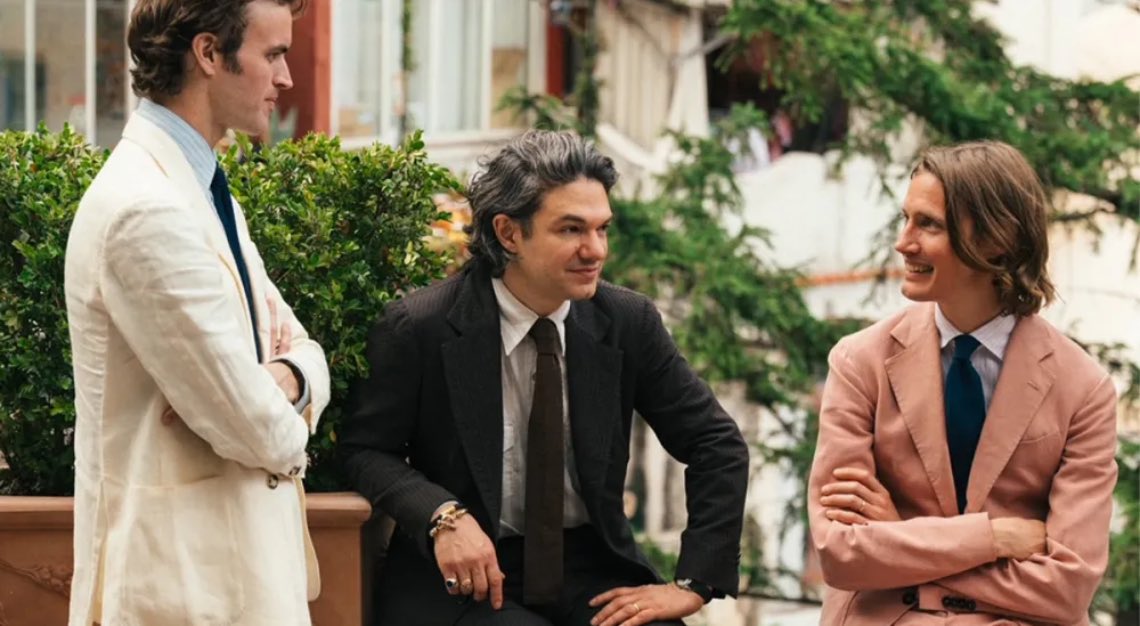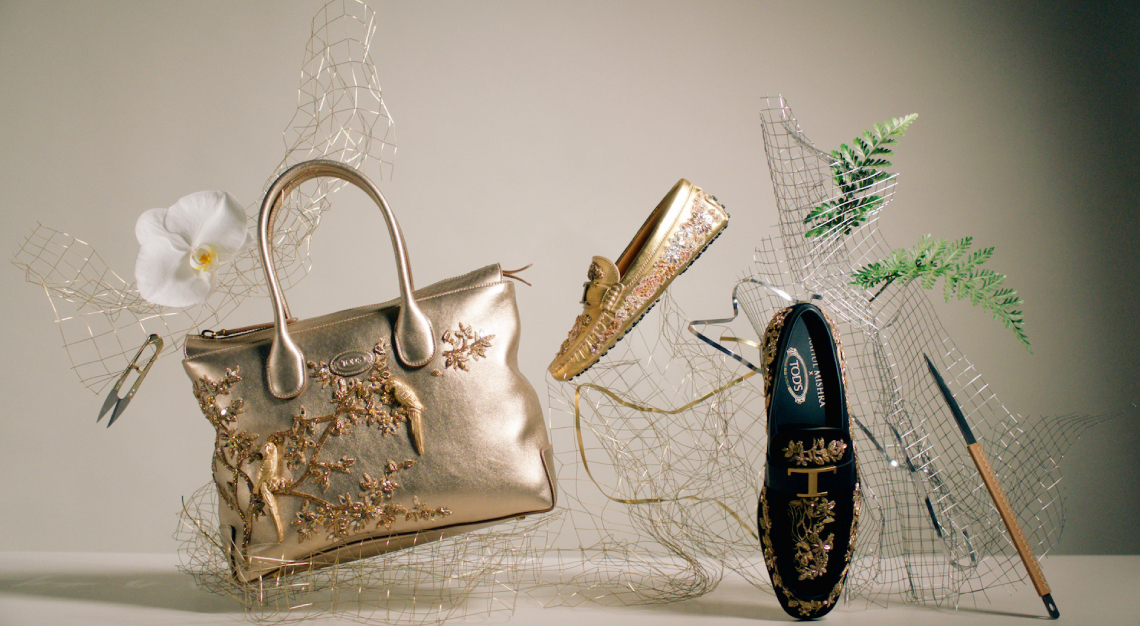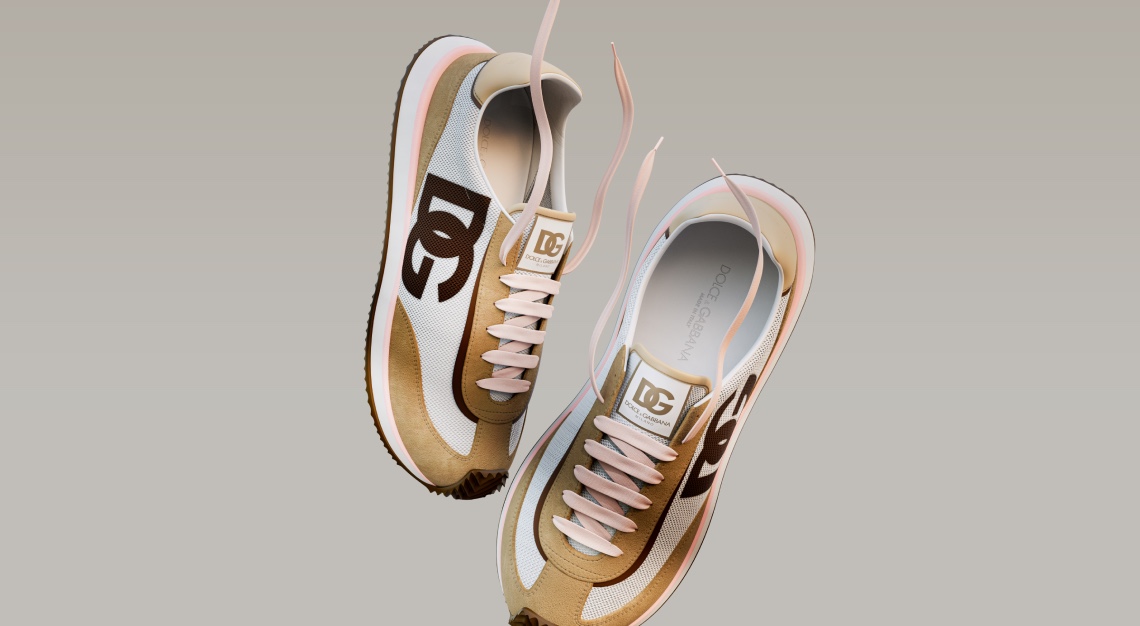Everything you’ve ever wanted to know about the essential summer textile, including how to care for it
Next to the fig leaf, linen might be humankind’s oldest covering. It’s turned up in the wrappings of Egyptian mummies and was even worn as armor by Alexander the Great. So how is it that modern men still don’t know quite what to make of it?
Anthony Keegan, creative director of the luxury essentials menswear brand Bugatchi, has a theory. “It’s a sophisticated material, and I don’t think you grow up wearing linen. It’s something the well-dressed man learns about.” But once the well-dressed man—or woman—becomes wise to its charms, it’s hard to go back.
Lilly Lampe’s aha moment with linen came while travelling in Southeast Asia during summertime. “It was this wake-up call that everything we’d read about linen was true,” she tells Robb Report. “It has amazing moisture-wicking properties and a beautiful, visually appealing natural texture. There are just so many reasons why it’s historically been a big part of warm weather garments, and also had other utilitarian uses throughout time.”
So impressed was Lampe that in 2015, she and her husband Alex Robins founded Blluemade, a unisex, workwear-inspired apparel line built around the fabric’s unique performance qualities.
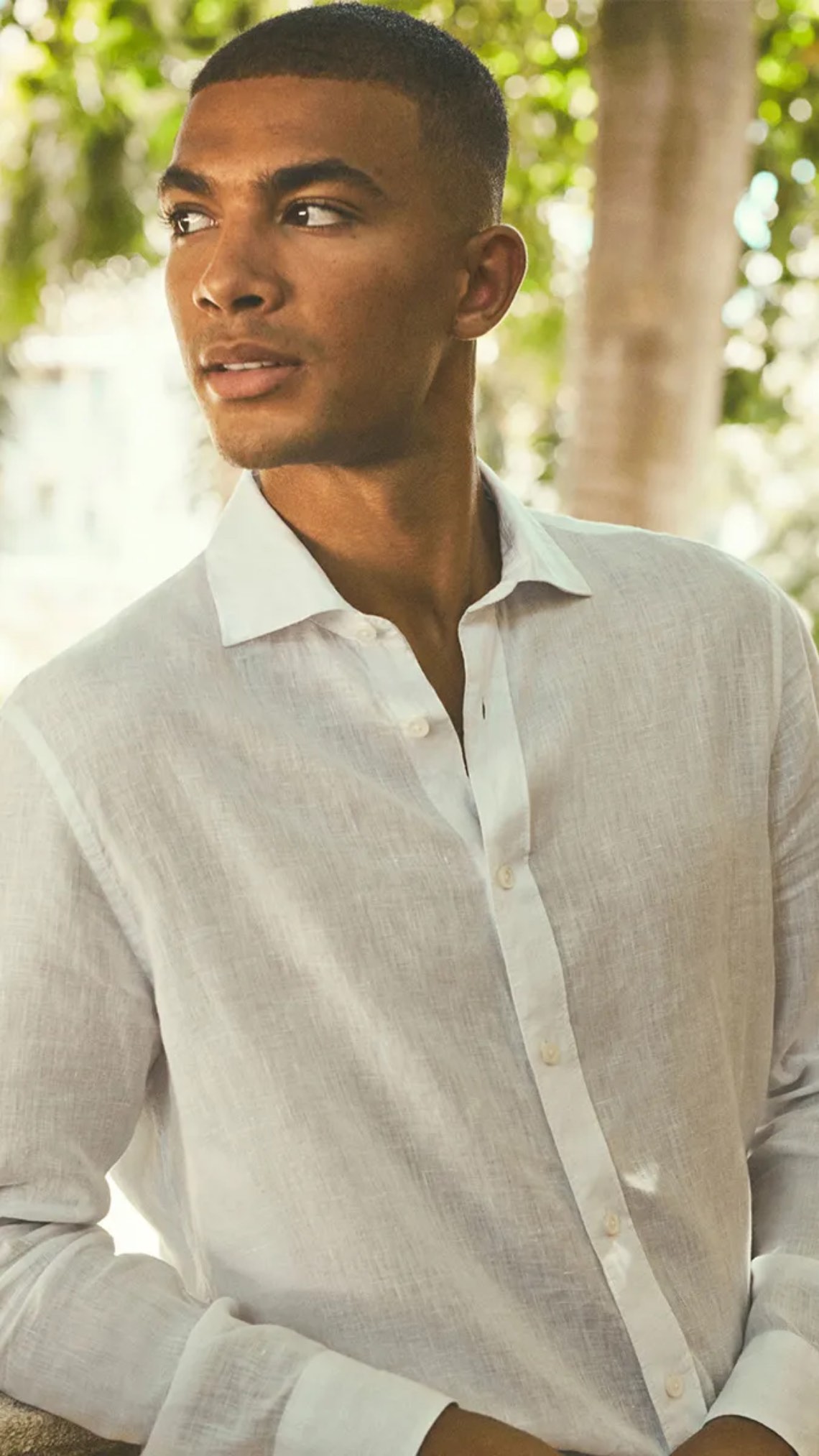
How does linen perform?
Robins, who refers to linen as “ancient performance technology,” sees it as a natural alternative to engineered textiles. “It’s technical fabric from Egypt, in a way,” he tells Robb Report. Its ability to breathe easily, wick away moisture and dry quickly goes back to the cellular structure of flax (the plant from whic it is derived). Unlike cotton—which Robins likens to a “solid rod”—linen has a hollow core, which proves to be advantageous when wet. “It literally sucks up moisture like a straw,” he says.
Just don’t mistake the hollowness for fragility. Linens are also highly durable, a quality that made it the de-facto labor uniform for much of history. “Before the introduction of denim, it was the go-to workwear cloth,” Robins say.
What makes quality linen
Not all linen is created equally. A key differentiating factor is the length of the fibers, with long flax fibers resulting in a stronger linen that’s softer and less prone to deep creasing, whereas short fibers render a textile more coarse and wrinkle-prone.
Blluemade’s linen comes exclusively from the Flanders region of Belgium, where a rainy, cloudy and temperate climate results in linen strands measuring between two and four feet. Lampe compares this to linen grown in drier and hotter environments, whose strands measure as little as two to four inches.
Other climes blessed (or perhaps cursed) with similar weather tend to produce quality linen, notably Ireland and the Normandy region of France. Maison Hellard founder Nathan Hellard, whose eponymous firm turns Norman flax into tailor-ready linens, deploys an appropriately Gallic metaphor.
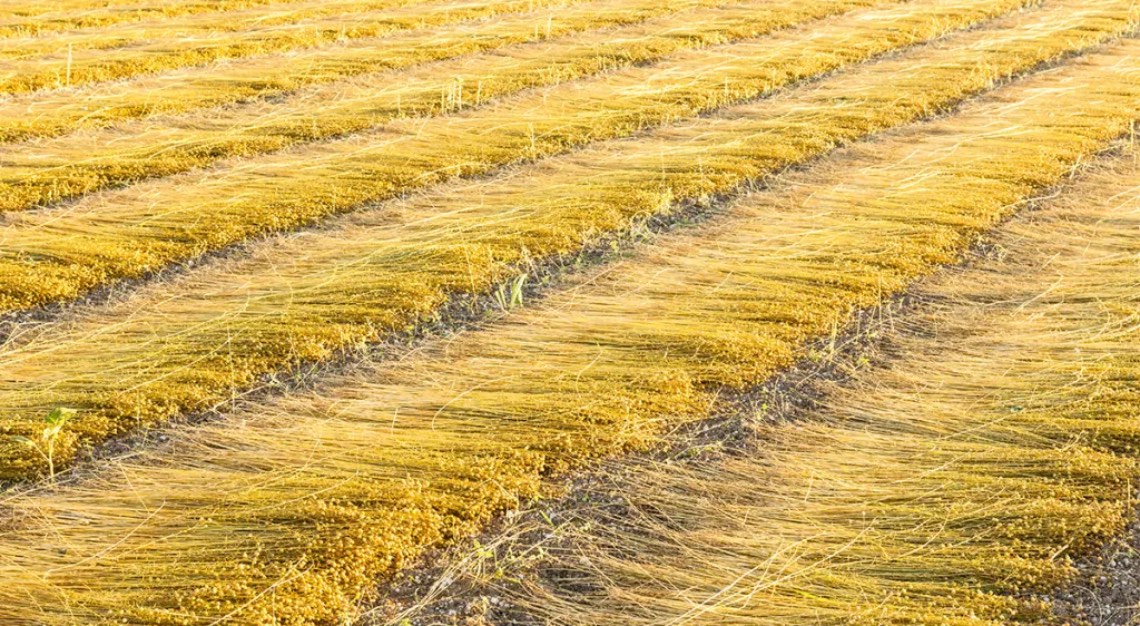
“Just like wine, if you have good soil and a good amount of rain and sun, then you have the longest possible fiber in the end. And that’s the biggest difference between a low-quality linen and a high quality one,” he tells Robb Report.
Should you not have the opportunity to measure the strands yourself, Hellard says that quality can be detected visually, too. While linen is a naturally slubby textile, inferior linen will appear far slubbier and fuzzier due to their short fibers, whereas superior linen is smoother.
Will linen always wrinkle?
You can make linen from gold prize-winning flax and it will still wrinkle. That’s simply a product of how its strands meet together, and the fact that it is a vegetable fiber lacking the natural elasticity of wool.
“The wrinkles are part of the job,” says Keegan, laying out the facts. “And if you have been brainwashed into no wrinkles, period, then you’re going to have to grow into this.”
However, some linens will “bounce back” from wrinkles better than others. Lower quality or lighter weight linens are susceptible to long-lasting creases, whereas heavier linens and those made from longer fibers or with particular finishes will merely rumple rather than buckle. “It’s not that it won’t crease, it’s how it creases,” Hellard clarifies.
Linen’s wrinkle factor should be considered when forming an outfit. With a linen suit, Keegan prescribes a crisp oxford shirt to create contrast, and would avoid linen shirting and its resultant “wrinkle-on-wrinkle” effect. Jake Mueser, founder of the West Village tailor J. Mueser, nixes wool jackets with linen pants, but not its opposite. Mueser is an expert on wearing suiting in the summer without breaking a sweat.
“A crisp, light wool trouser with a linen jacket—that is a good combo,” he tells Robb Report.

How does linen tailor?
Mueser, whose Christopher Street atelier is thronged with linen suit-wearers in summer, highlights the choices available to those commissioning a linen suit.
“Like wool, there’s a lot of variety to linen. You can have a lighter weight, softer, more Italian linen that’s going to have more give and more wrinkle. You can have stiffer Irish linens, more washed and treated linens like Solbiati,” he says, referring to the linen-centric Italian mill purchased by Loro Piana in 2013. “There’s a big variation.”
Indeed, it’s the treated linens that increasingly make for interesting, paradigm-breaking commissions. To take just one example, the Hong Kong and Taipei-based tailor The Anthology has championed a “sueded” linen with a unique finish that leaves it soft to the touch on the exterior, yet crispy and springy on its reverse.
“I think this specific linen is quite unique, because it sits right between the most traditional of Irish linens and the Italian ones,” says Anthology founder Buzz Tang. “It lends the Italian softness to the cloth, but at the same time, it still has a certain integrity in terms of drape and hang.”
An undeniable part of the fabric’s appeal at the present, dressed-down moment is its inherently casual appeal, a factor Mueser takes advantage of by often sporting his linen suits with a crewneck tee or Western shirt underneath. However, he doesn’t believe that it must be confined to the most casual side of tailoring and recalls seeing linen used in more structured suits and even dinner jackets to great success.
“Just because linen feels more casual, it doesn’t have to be patch pockets and deconstructed,” he says. “I think there’s a charm to taking linen and building it up more.”

Caring for linen
For linen garments that can be machine washed, Lampe sounds a warning: no detergents with enzymes.
“If you spill ketchup or food on your clothes, it’ll eat away at that,” Lampe says of the additive’s advantages. “But linen is also natural, and so enzymes will eat away at that. And once you eat away at the outer lining of a hollow core material, you have a hole.”
In the interests of keeping linen hole-free, she instead recommends an enzyme-free detergent, such as the one produced by Le Blanc.
For those taking the dry-cleaning route, Mueser suggests a similarly careful touch—perhaps skipping the actual dry cleaning altogether.
“I tell people all the time, take your suit to the dry cleaner, tell them to just steam it and press it. It comes back looking and feeling fresh and new, and it doesn’t need to have a chemical bath,” he says.
And finally: does a guaranteed-to-wrinkle garment ever need an ironing in the first place? Keegan says no. “I actually think it would be more of a steam than an iron… steaming is, for something like linen, a really good way to get it to its natural state.” That means crisp, cool, comfortable—and just the perfect amount of wrinkled.
This story was first published on Robb Report USA
